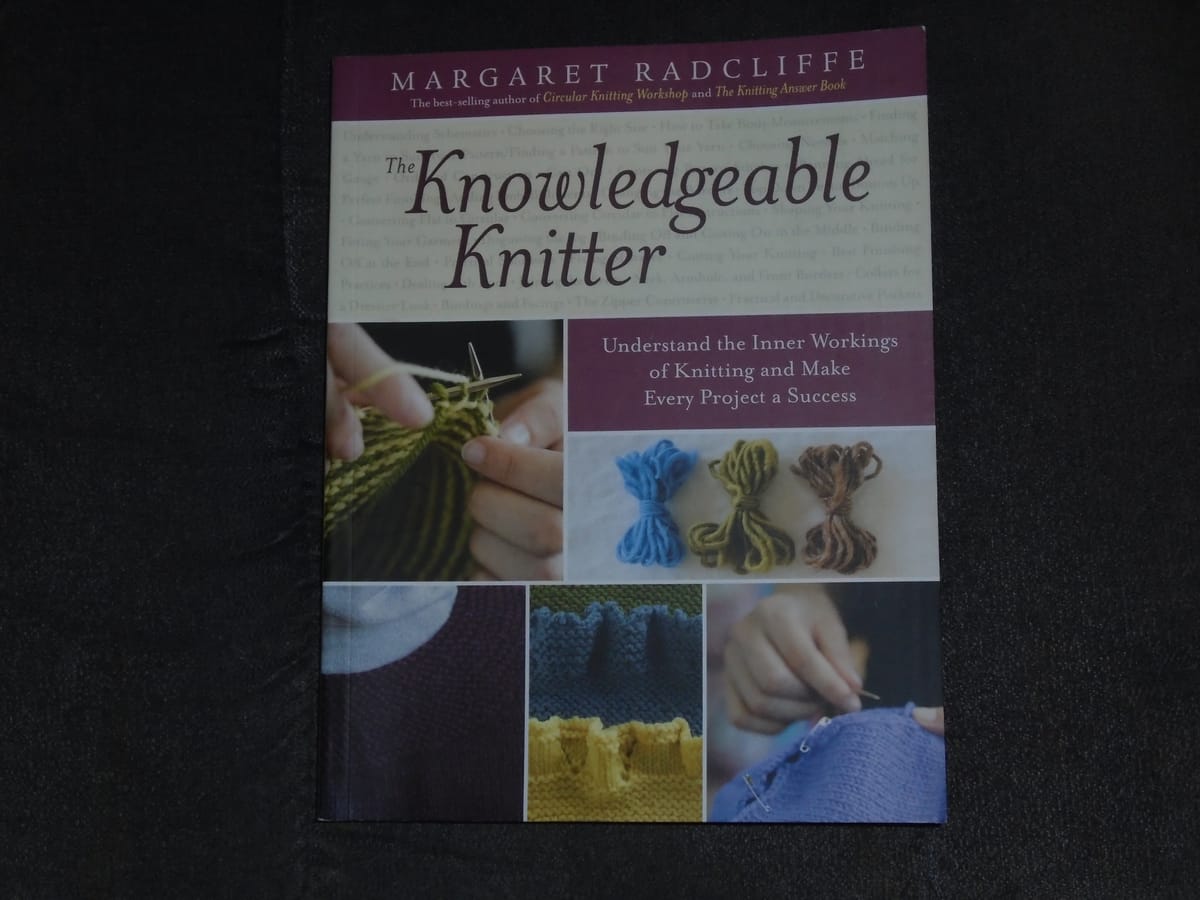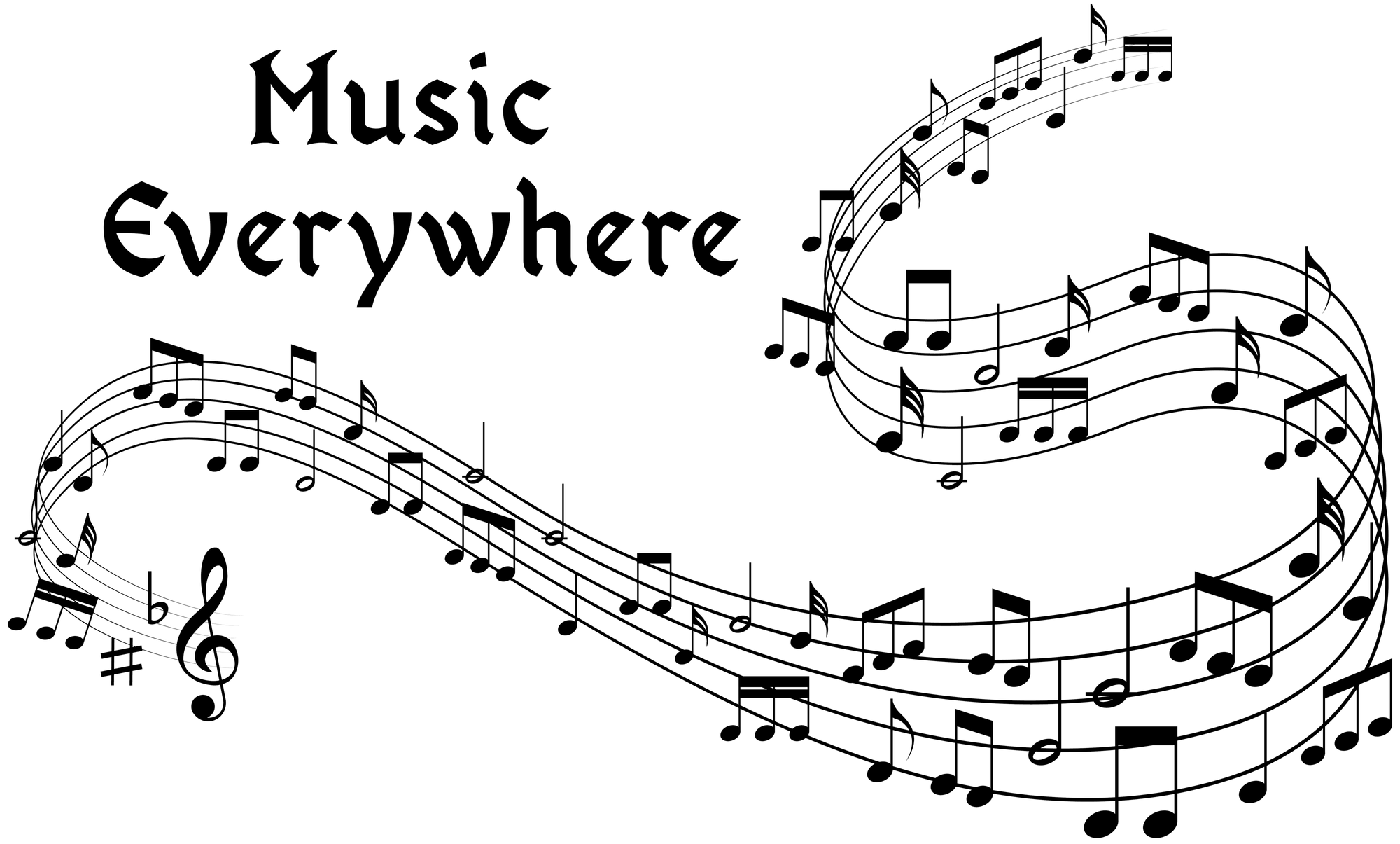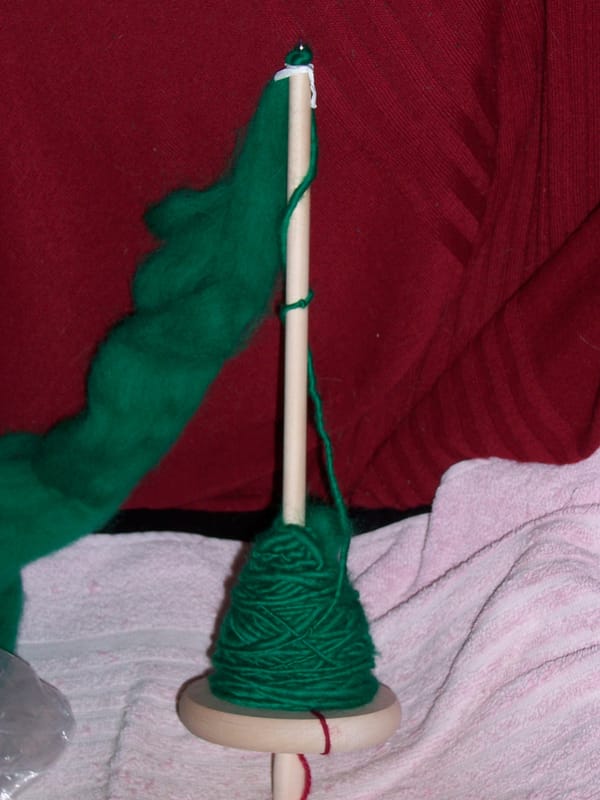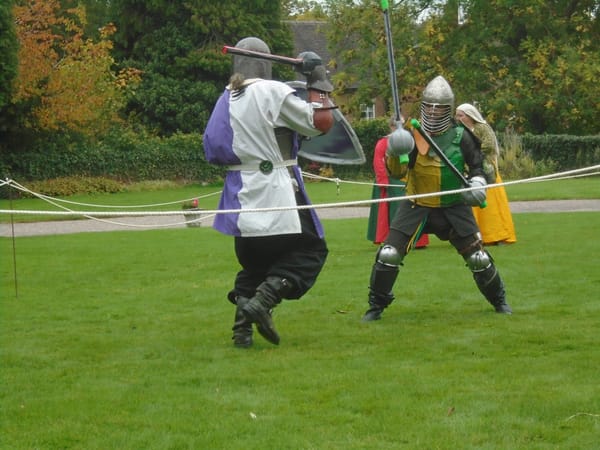The Knowledgeable Knitter

Have I done a craft book review here yet? I don't think I have. This seems like a good time to do it, because although I'm still crafting like billy-o, it's all stuff you already know about. There's another baby hat on the go, I finished two string bags over the weekend, the beaded crochet border on the net shawl is coming along very well, and so on and so forth. (Incidentally, I was once told that "like billy-o" was derived from a particularly gung-ho Italian whose surname was Biglio, which I thought was delightful but almost certainly apocryphal. And, indeed, this site doesn't mention Biglio at all, though it does mention a fiery preacher by the name of Billio... who might well have been a strong candidate for the derivation if it hadn't been for the fact that he was about 200 years too early. It remains, therefore, one of life's little mysteries.)
So let's talk about this book; and I'm going to start by saying if you buy only one knitting book, make it this one. If you want to know about particular knitting stitches, you can generally find them online, but I'm pretty sure there is nowhere online where you can find such a mine of useful information as in this book. What's more, everything is arranged in a very logical order, and where a technique needs to be mentioned but it has detailed instructions which would interrupt the flow of the text, there is a note referring you to the appendix, where you'll find them. The general idea is that it walks you through everything to do with your knitting project from start to finish; most of the time we're assuming it's a jumper as default, but there are plenty of little diversions covering other garments. So the first chapter is about choosing your pattern, yarn, and needles, and the second is about how to plan your project (including a useful selection of different cast-ons; it was from this book that I learnt my cast-on of choice, which is the one using half hitches - it is very neat, you don't need to worry about how long a tail to leave other than for the purpose of eventually sewing up your garment, and as long as you don't pull it too tight, the only snag with it is that if you start or finish your first row with a purl stitch, you have to twist the cast-on stitch underneath it, which is not the case anywhere else in the row). Then there are four more chapters which cover pattern modifications; shaping and fitting; work in progress (a bit of a miscellany, but one of the most useful sections is on disguising the "jog" or discontinuity when knitting in the round); and evaluation and adjustments, including, of course, a section on fixing mistakes. My sister is very much of the opinion that any fool can simply knit, but what makes you a real knitter is how good you are at fixing your mistakes, which you will inevitably make. I'm 100% with her on that one. And, finally, there are two chapters on finishing - one on putting the whole thing together, and another on borders, bindings, and embellishments. It is extremely comprehensive, and has clear and detailed photographs of pretty much everything, with equally clear diagrams to go with the instructions in the appendix.
Pretty much anything you might want to do is here. Steeks? Check (though I don't think I'll ever do one of those again). Converting from flat to circular or vice versa, or bottom-up to top-down or vice versa? Check. How to make different types of collar look really good? It's there. Mitring corners? Pockets? Special casting-off techniques for unusual situations (like scalloped patterns)? How to plan curved borders? There's all this and more.
Of course, it is American, and it hasn't been anglicised. This probably won't be a problem for most people, because there are so many American knitters posting on the Internet that everyone over here knows what they mean by things like "stockinette stitch" and "bind off"; and the author, while primarily working in imperial measurements, does at least recognise that metric ones exist, which is certainly not a given. She is also aware that several systems for yarn weights exist, but, although she mentions the fact that "4 ply" is a recognised yarn weight here in the UK, she strangely omits what I call the Great 4 Ply Ambiguity. Actually, nobody ever talks about that, and really they should. I first ran across it when I discovered that Yarn & Colors Must-Have, which, as you'll have twigged from the spelling of the brand name, is an American yarn, is precisely the same weight and gauge as Paintbox Cotton DK... which is very interesting, because the Must-Have is sold as "4 ply". It took me a bit of research to find out what was going on, but in the end I did. In the USA, "4 ply" is not a yarn weight but a yarn construction, so, as long as it's created from four strands, it's 4 ply whatever the weight... which is actually more logical than using the term "4 ply" for a yarn weight when it might actually not be four strands. It's pretty much the opposite of "worsted". In the USA, that's a yarn weight. Over here, it's a spinning technique. I am not surprised to discover that the Craft Yarn Council, an international body, has thrown up its collective hands in horror and attempted to introduce a standardised system using numbers, with size 0 for the thinnest yarn and size 6 for the thickest, but it doesn't really seem to have caught on yet to any extent (although I've occasionally seen a few unexplained 3s and 4s on ball bands). I'm inclined to think we need more numbers than that, but at least it is a step in the right direction.
Although the text is very clear, this isn't really a book for a complete beginner, because there is so much information in it that it is likely to overwhelm someone who has only just learnt to knit. This is more for anyone from confident beginner/early intermediate level upwards, and even advanced knitters are likely to find something here they don't know so that they can improve their skills still further. It's not cheap (I forget exactly what I paid for it, having had it quite a while now), but on the other hand you definitely get what you pay for here. Even though it's a softback, it's still a weighty tome (nearly 300 pages, and it's roughly A4 size).
Five stars. Go on, treat yourself to a copy. Your next knitting project will thank you!




